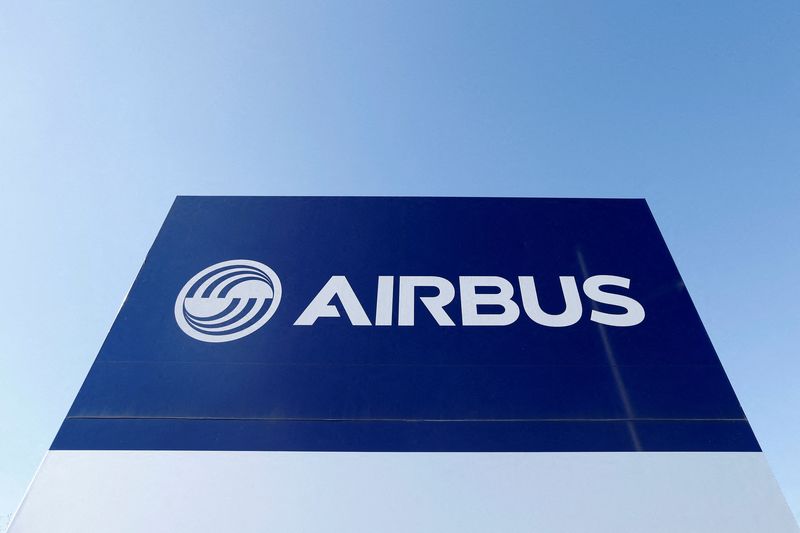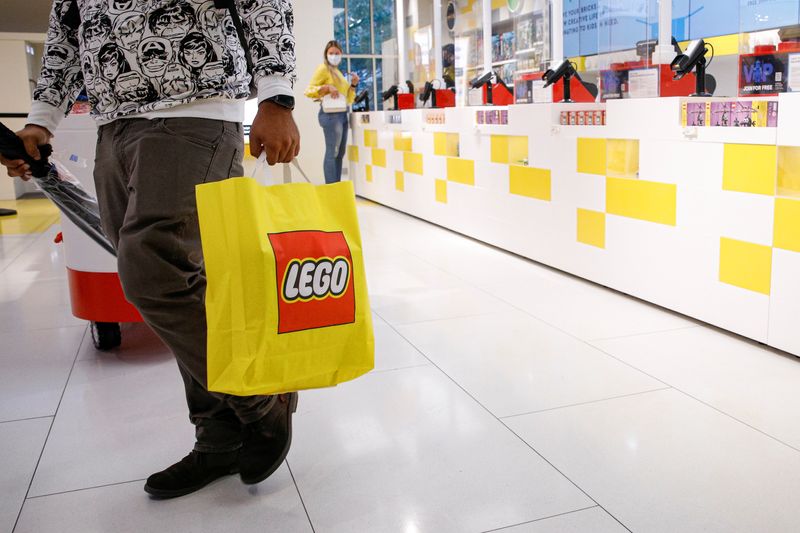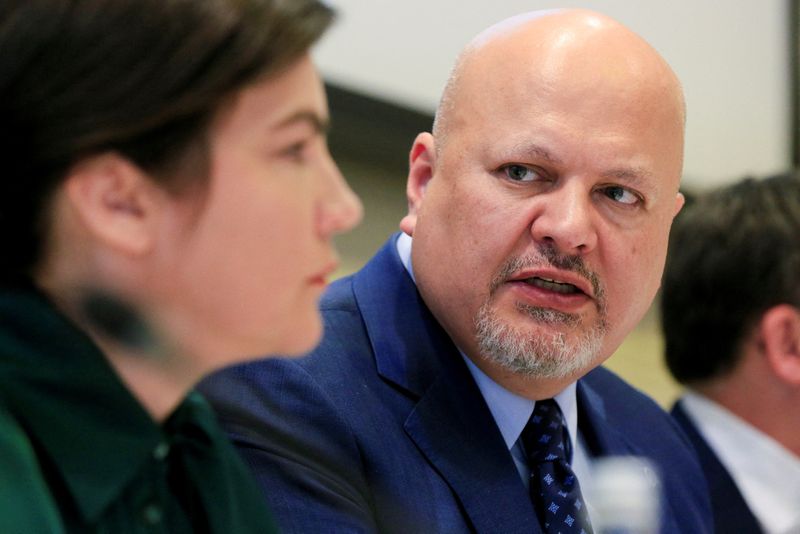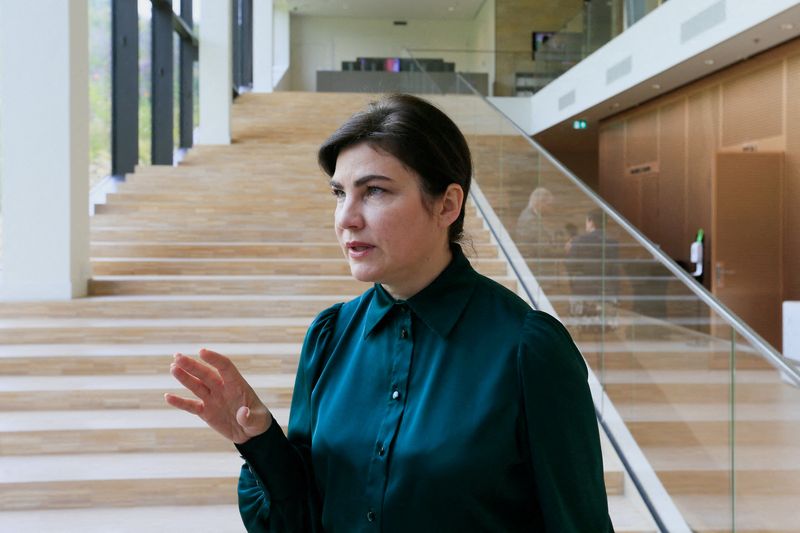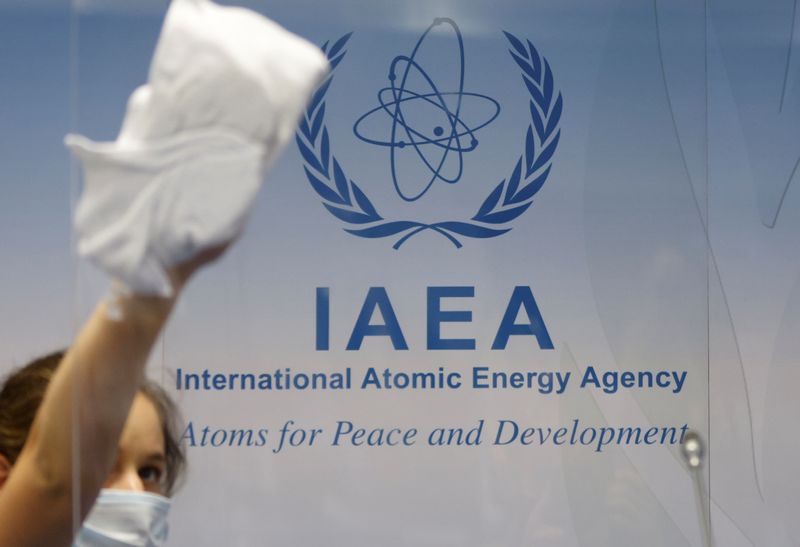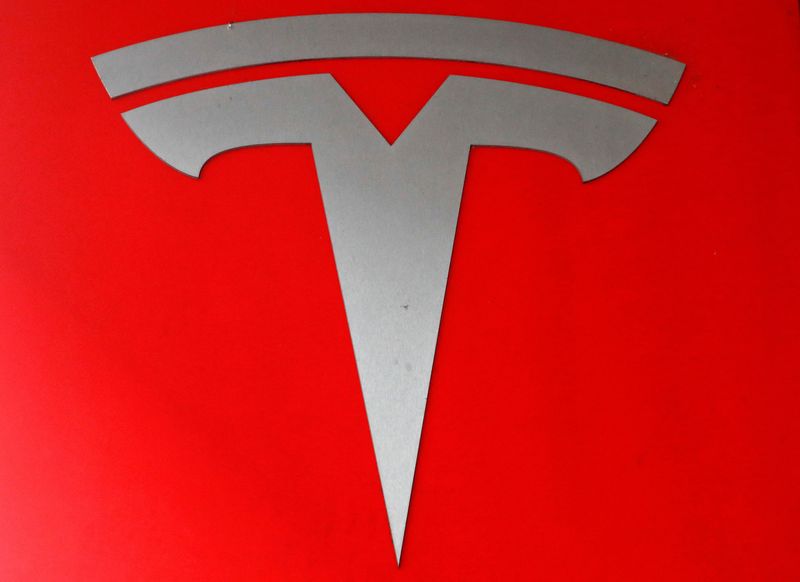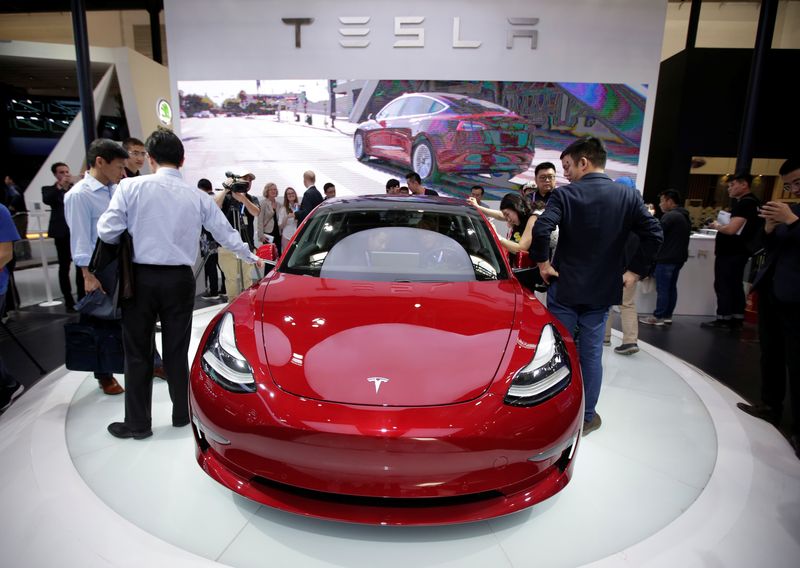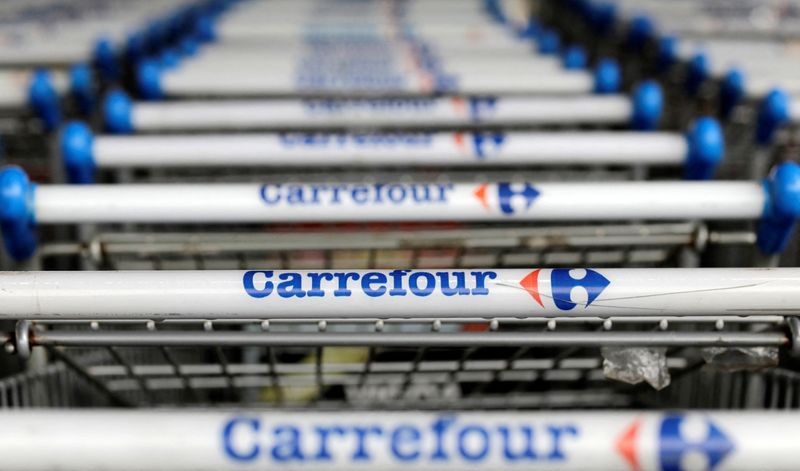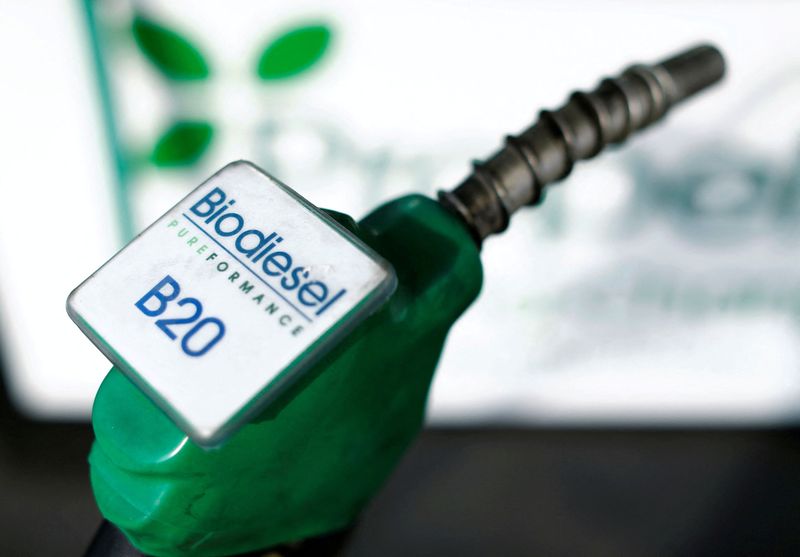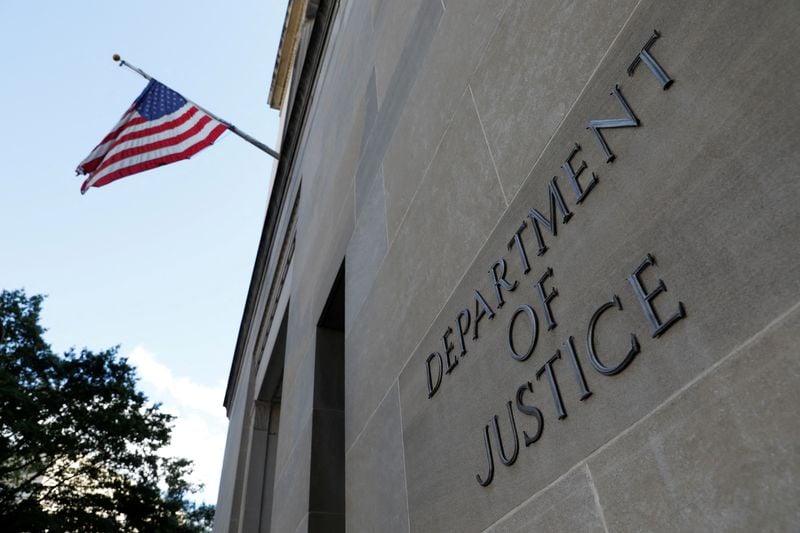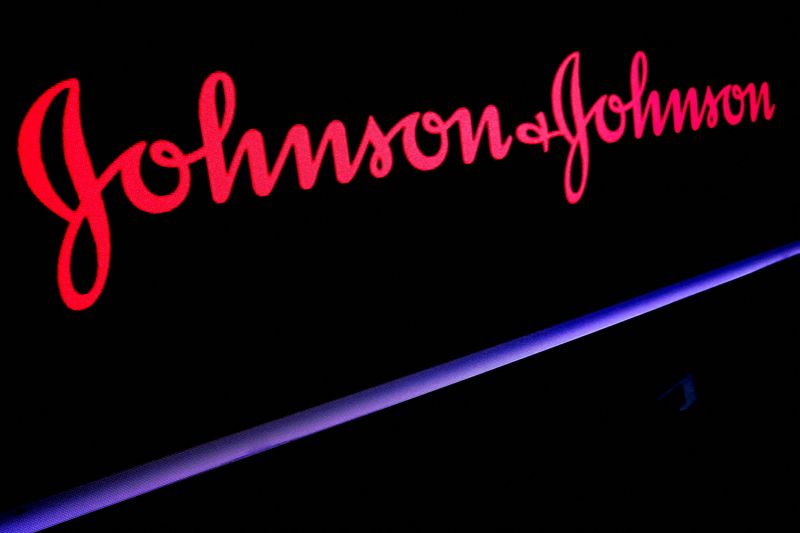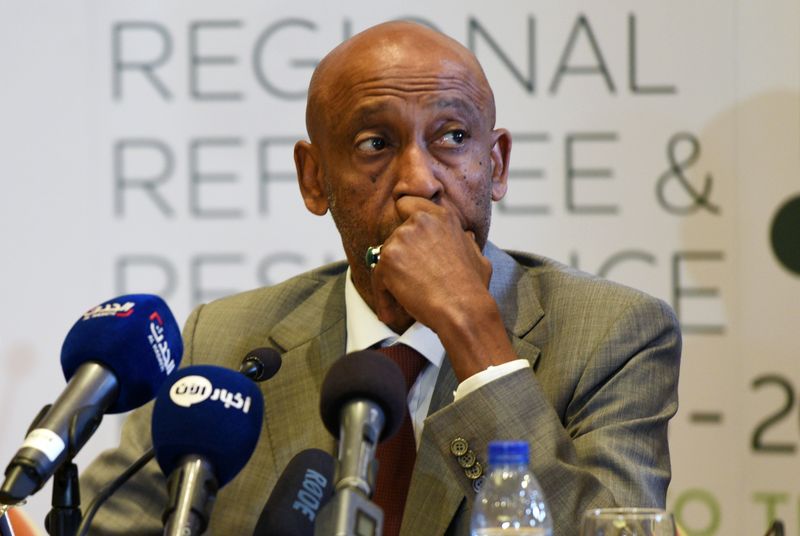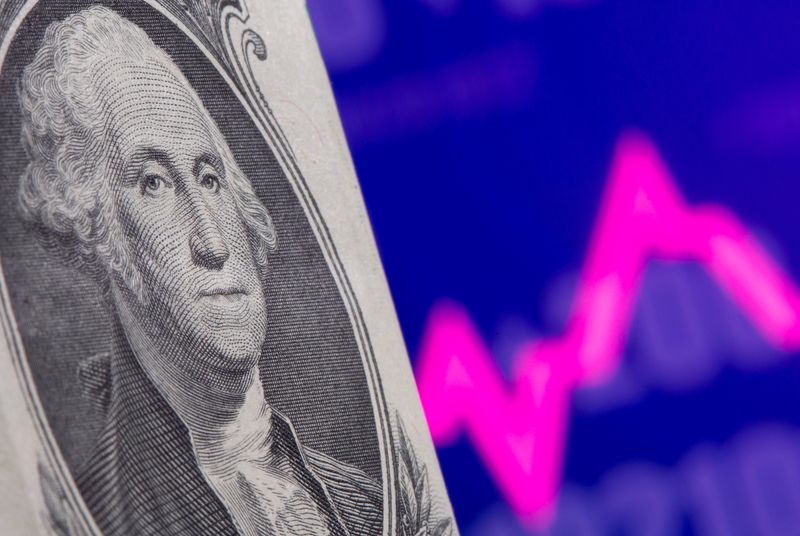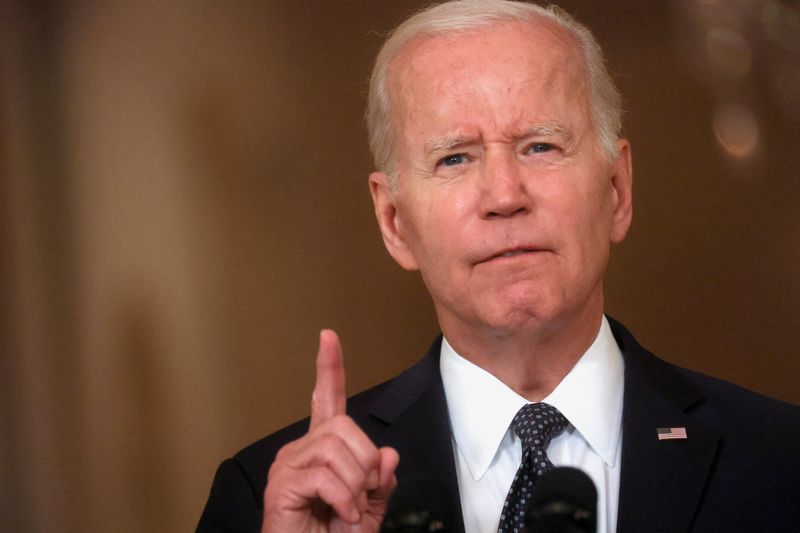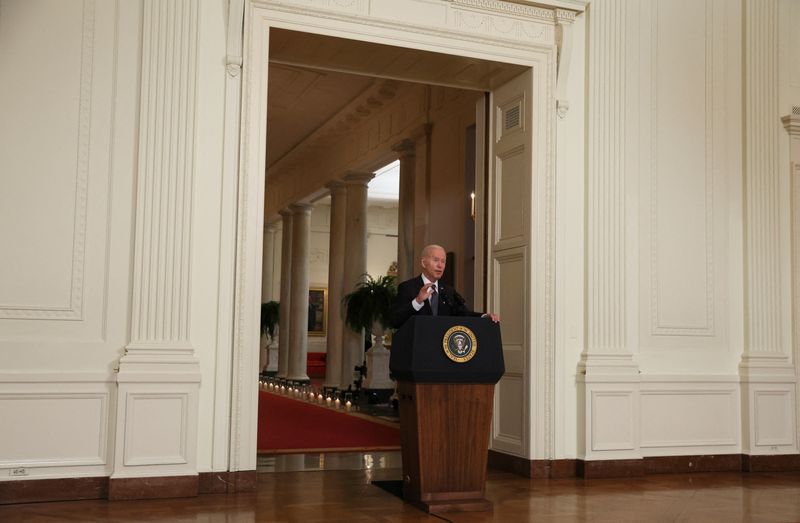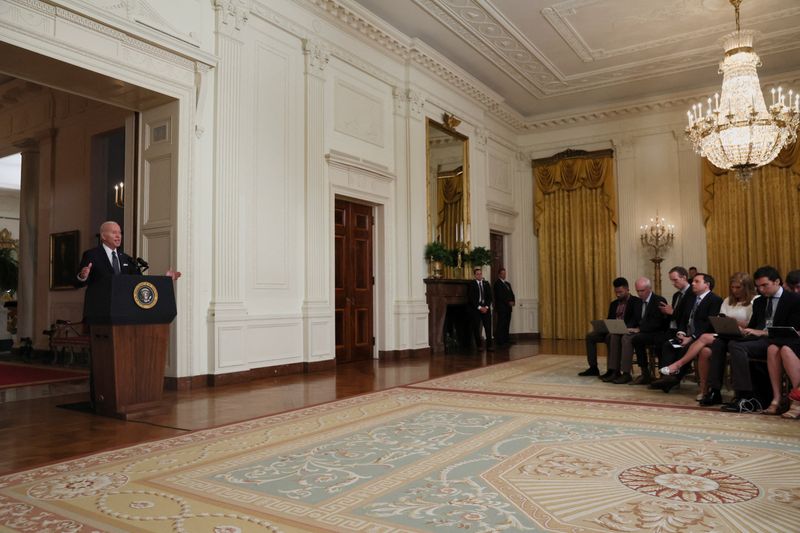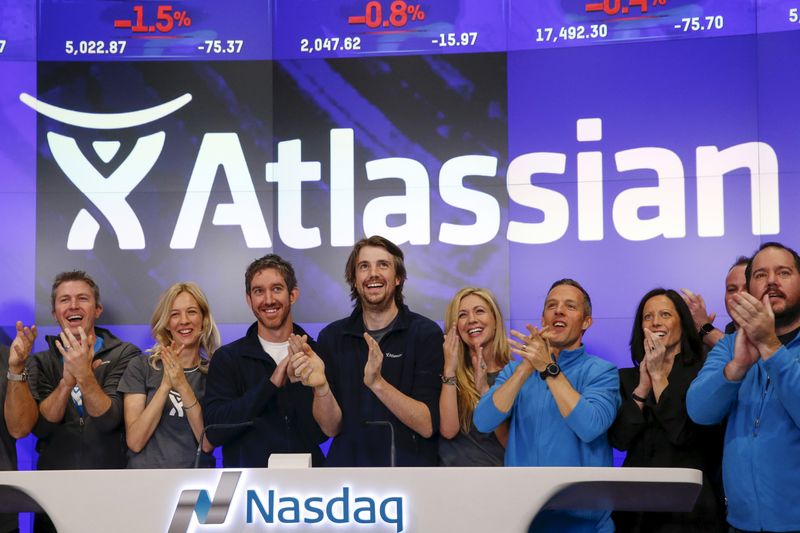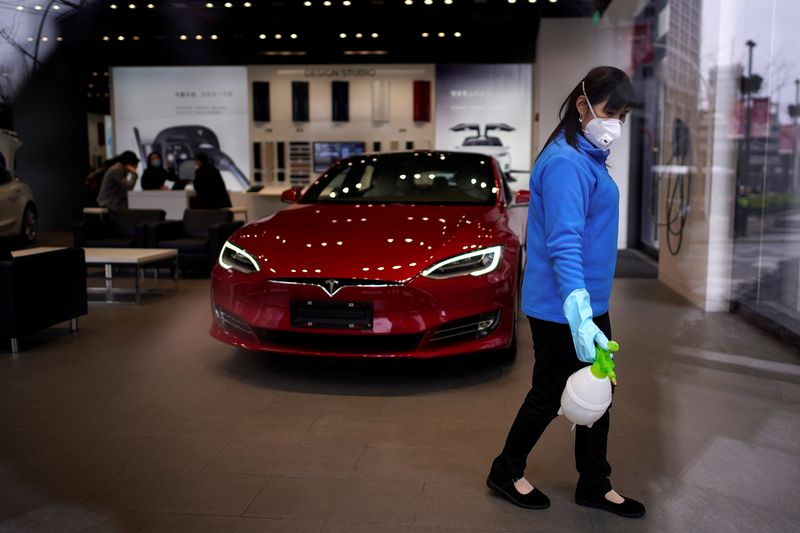LONDON – Euro zone business growth was robust in May but is at risk of a slowdown from soaring living costs, supply chain disruptions and uncertainty surrounding Russia’s invasion of Ukraine, a survey showed.
S&P Global’s final composite Purchasing Managers’ Index (PMI), seen as a good gauge of economic health, fell to 54.8 in May from April’s 55.8, just shy of a preliminary 54.9 estimate. Anything above 50 indicates growth.
“Strong demand for services helped sustain a robust pace of economic growth in May, suggesting the euro zone is expanding an underlying rate equivalent to GDP growth of just over 0.5%,” said Chris Williamson, chief business economist at S&P Global.
“However, risks appear to be skewed to the downside for the coming months. The manufacturing sector remains worryingly constrained by supply shortages and businesses and households alike remain beset by soaring costs.”
A PMI covering the bloc’s dominant services industry dropped to 56.1 last month from 57.7, below the 56.3 flash estimate.
The sector had received a boost in recent months as most pandemic related restrictions were lifted and consumers returned to a more normal way of life and enjoyed going out again.
But the PMI suggests this demand is starting to wane and the services new business index fell to 55.0 from 56.6.
“There are also signs that the boost to the economy from pent-up demand for services as pandemic restrictions are relaxed is starting to fade,” Williamson said.
Companies scaled back their expectations for growth in the coming year, worried about supply shortages, rising living costs and tightening monetary conditions. The composite future output index fell to 59.9 from 60.5, one of its lowest levels since the pandemic took hold.
(Reporting by Jonathan Cable; Editing by Toby Chopra)




